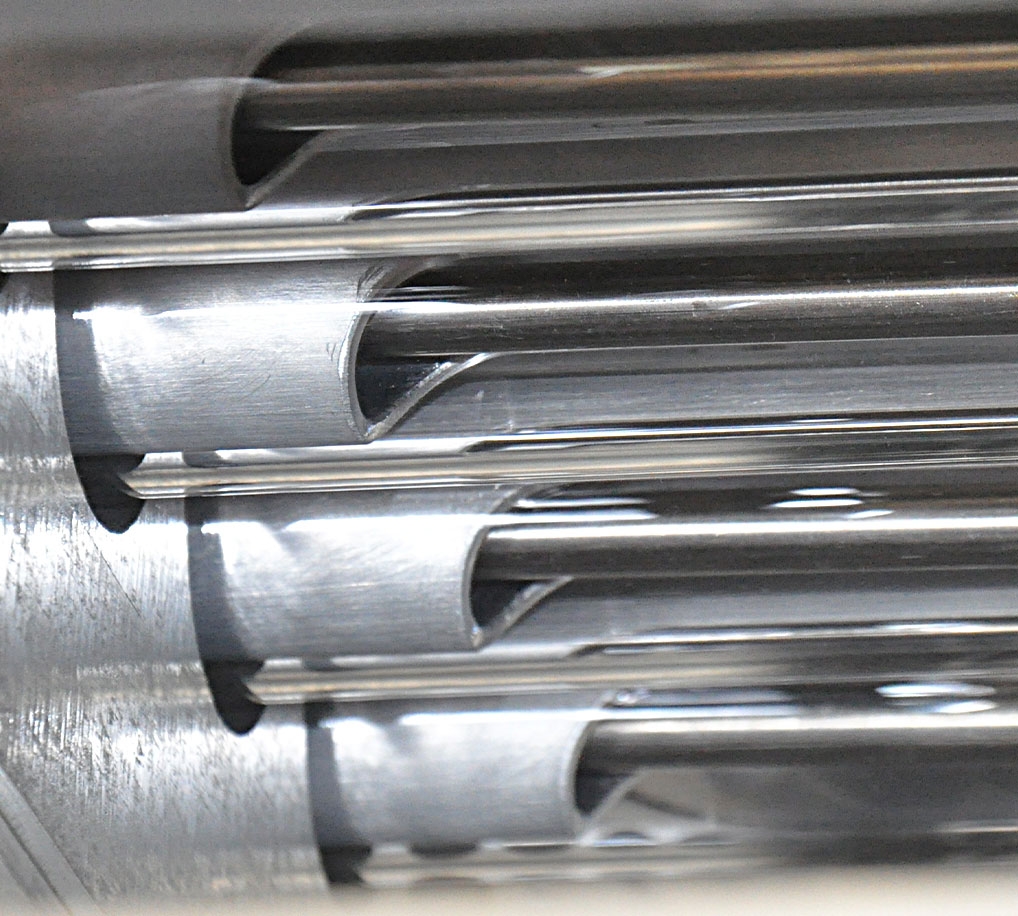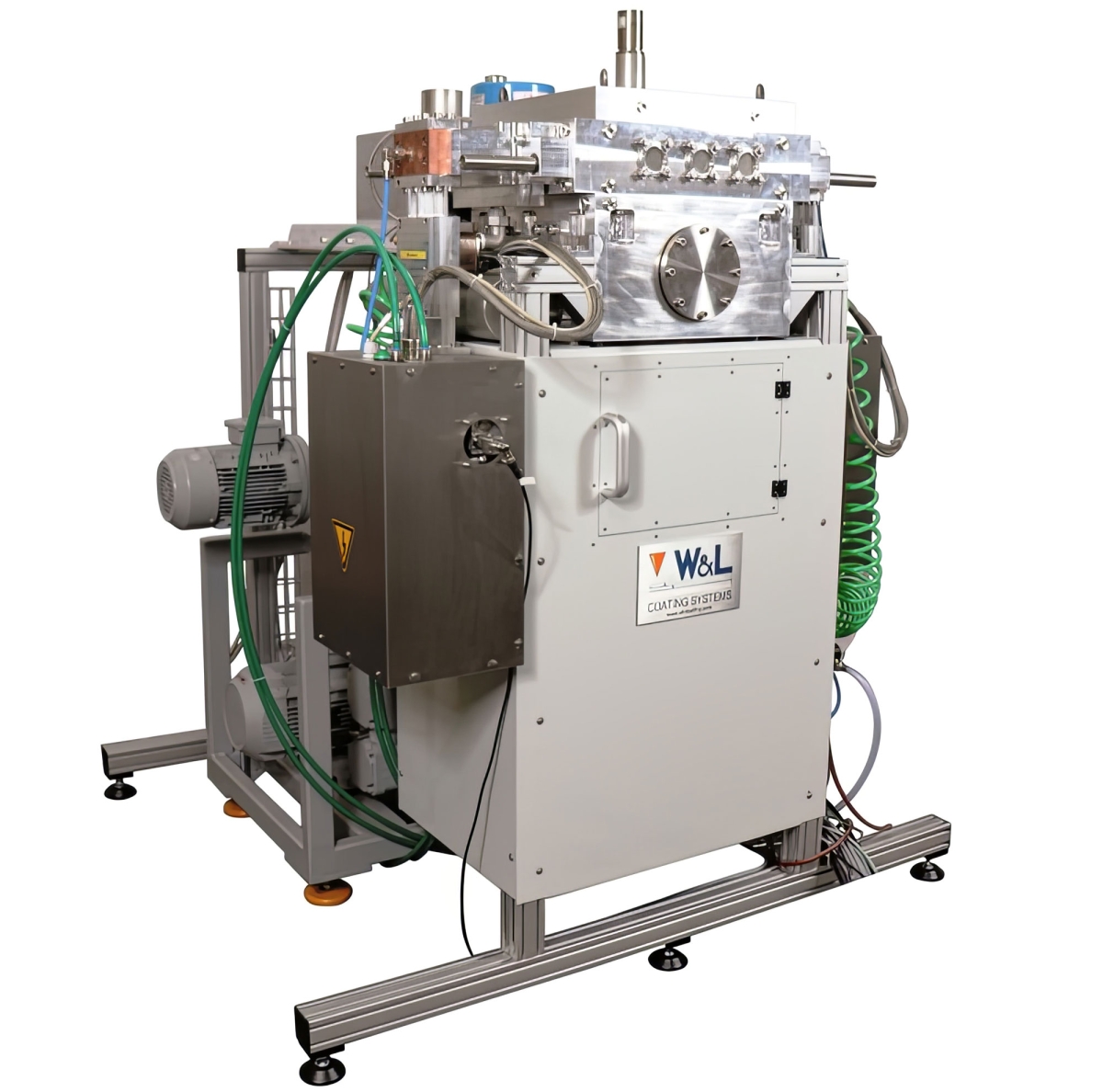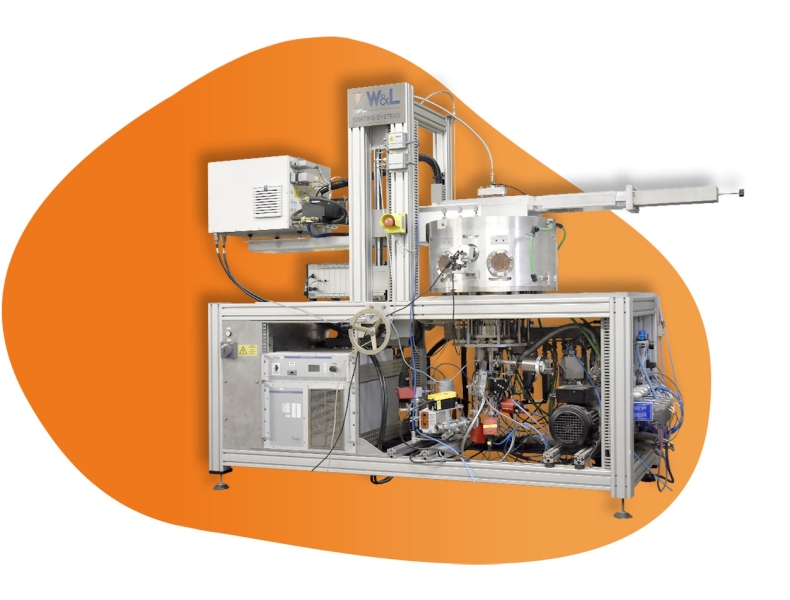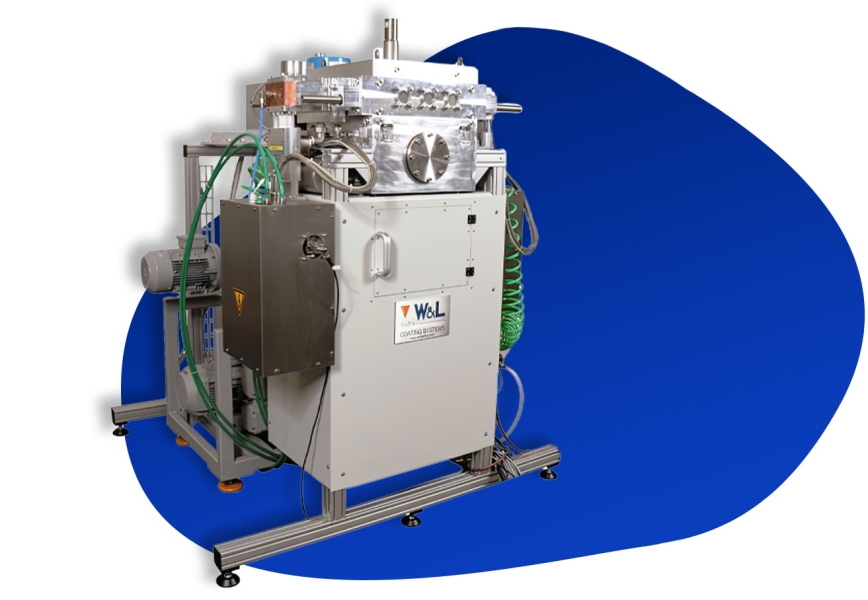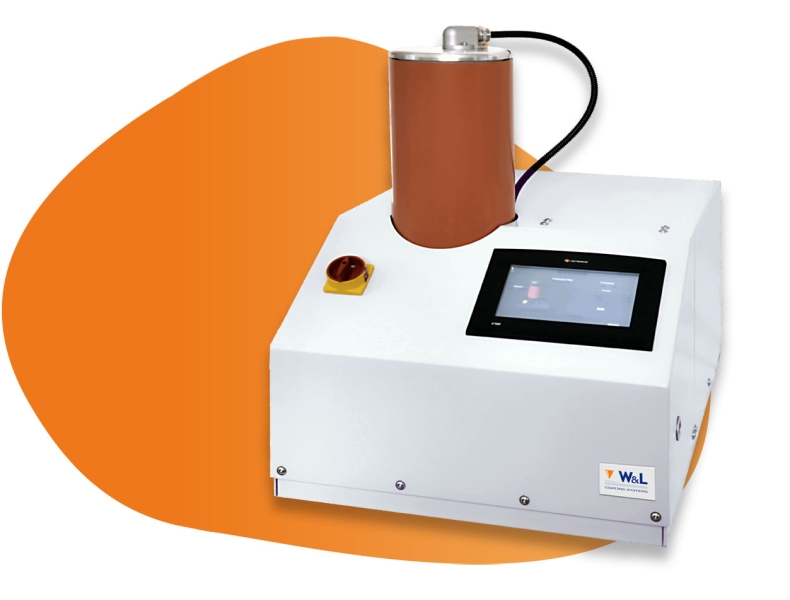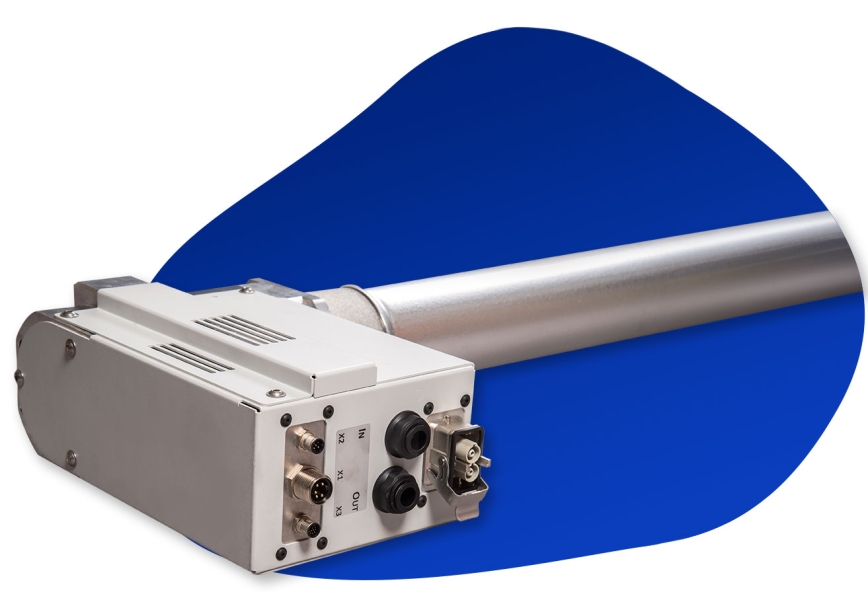All NCS machines are built from water cooled, deep-hole drilled aluminium frames with stainless steel cladding of all inside surfaces. They all are equipped with suitable process gas introduction and distribution systems. Vacuum pump systems usually consists of a two stage dry pump arrangement using a Scroll or Screw pump in combination with a roots blower.
All NCS machines enable the setting of a desired process pressure and the mass flow rates of process gases independent from each other. System control over extended periods of time is secured by Siemens plc communication with all system components by Profibus/Profinet and hardware interlocks according to international standards. Optical emission spectroscopy (OES) of the plasma appears to be the ideal tool for long term process control.
It is possible to sustain a uniform low pressure vacuum plasma in excess of half a square meter with 2.45 GHz microwaves.
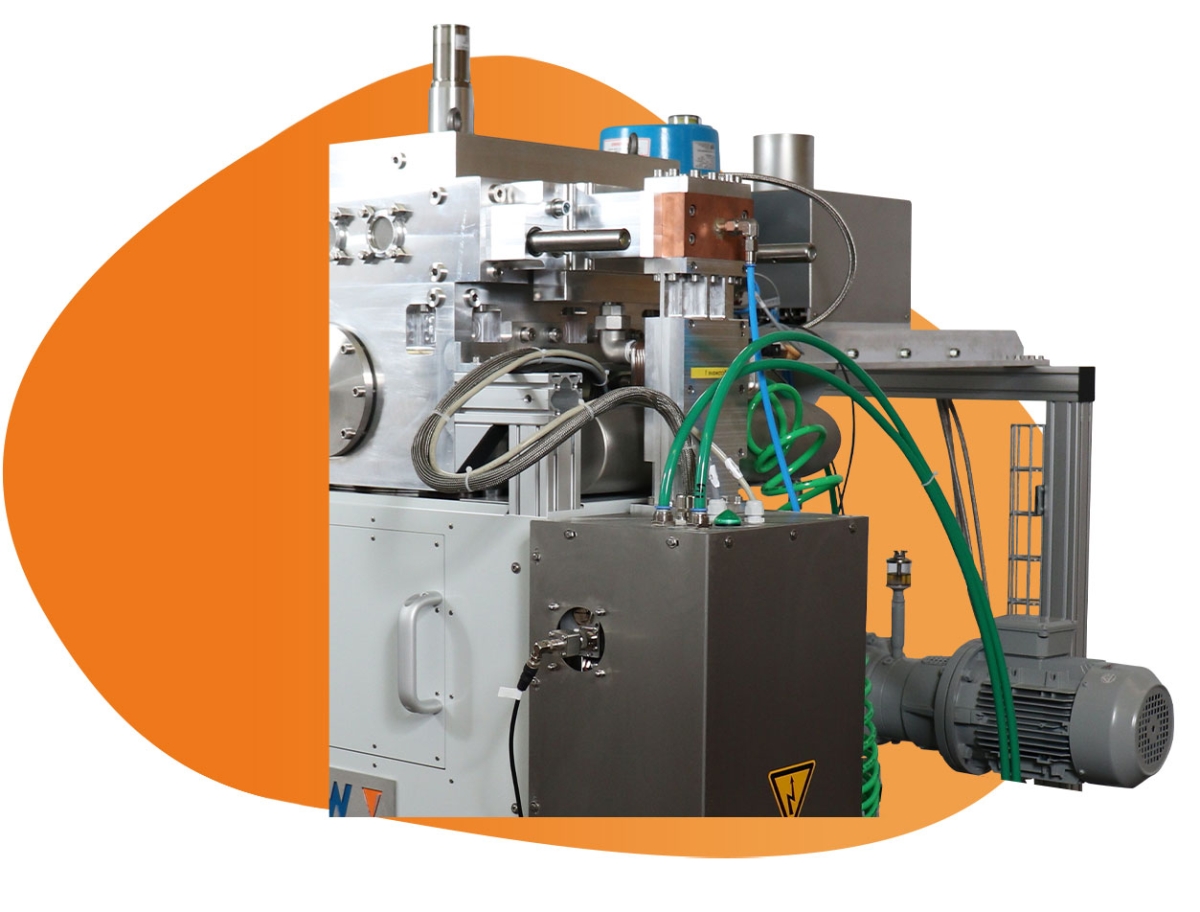
The NCS 12-200 – a versatile tool for research and development
With emphasis on versatility rather than economy this system has been designed for the development of microwave PECVD thin film processes. A total of 12 kilowatts of microwave power supplied by two 6 kW, 2.45 GHz microwave generators, either magnetron or GaN semiconductor based, is rather excessive for a circular substrate carrier of 8 inch but avoids power starvation in any case.
Microwave power can be introduced as pure c/w but also pulsed up to 100 kHz. Pulsed power at reasonable pulse frequencies not only helps to reduce thermal losses of plasma processes but may also provide a different kind of plasma chemistry.
The NCS 12-200 substrate stage
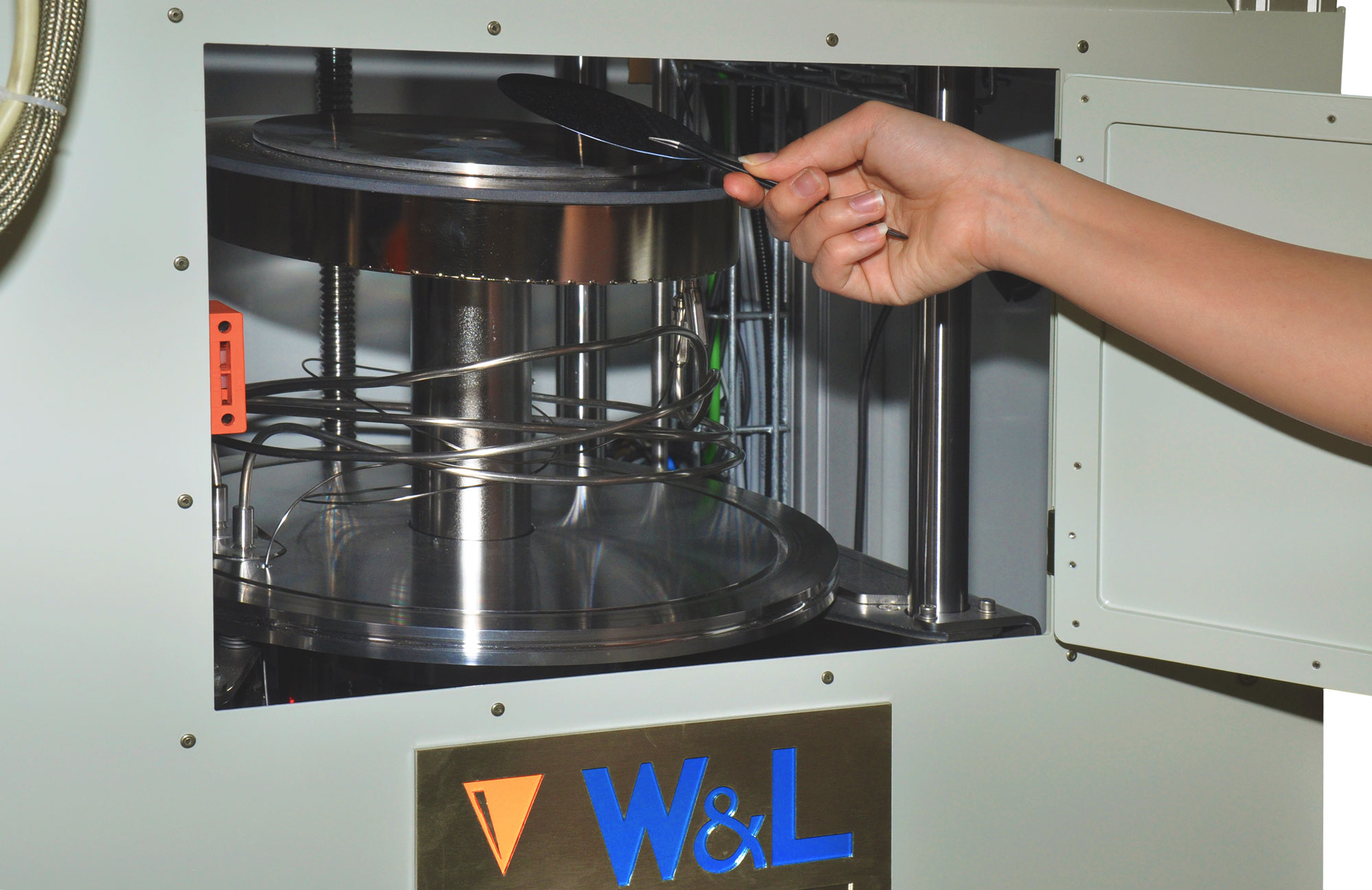 Since NCS type processes are best in a vacuum pressure range between 0.1 and 0.4 hPa the thermal impact of plasma discharges may not be sufficient to sustain substrate temperatures between 650 and 700°C as would be necessary for the formation of nano crystalline diamond layers. Additional heating from underneath the substrate carrier plate by coaxial type infrared heater wire in a helical arrangement is therefore available. If necessary, the IR heater can be replaced by a water cooled copper block to keep the substrate temperature down.
Since NCS type processes are best in a vacuum pressure range between 0.1 and 0.4 hPa the thermal impact of plasma discharges may not be sufficient to sustain substrate temperatures between 650 and 700°C as would be necessary for the formation of nano crystalline diamond layers. Additional heating from underneath the substrate carrier plate by coaxial type infrared heater wire in a helical arrangement is therefore available. If necessary, the IR heater can be replaced by a water cooled copper block to keep the substrate temperature down.
The substrate carrier plate itself, usually made from molybdenum, can rotate during the process to level out process imperfections. The entire heater stage can be vertically elevated or lowered to adjust the crucial distance to the coaxial plasma lines. The substrate carrier plate can be electrically grounded but can also float or be subjected to a DC of AC bias voltage up to 600 Volts.
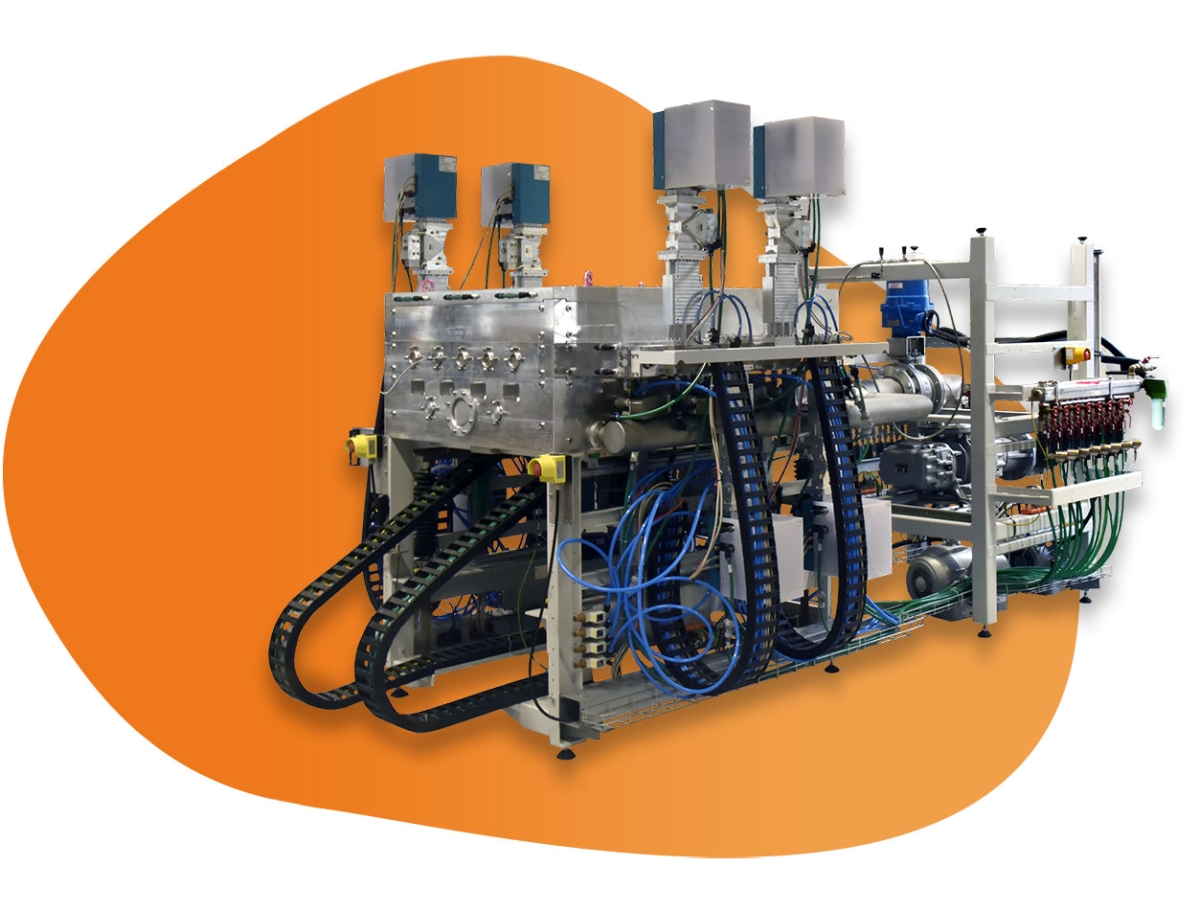
Unlike the NCS 12-200 the NCS 48-620/1000 is a lull-fledged production tool and designed for the economic mass production of boron doped nano crystalline diamond (BDD) layers on titanium electrodes in a vacuum low pressure plasma chemical process. A total of 48 kilowatts of microwave power at 2.45 GHz supplied by 8 magnetron based generators is evenly injected into 16 linear coaxial plasma lines from both sides by two impedance matched coaxial power dividers. An additional 16 kilowatts of infrared heating power from 8 individual heater wire circuits in rectangular arrangements mounted underneath the rectangular substrate carrier plates made from molybdenum are necessary to reach a maximum substrate temperature of 730°C during the process.
While the linear coaxial plasma lines are cooled by dry compressed air, heat shields encapsulating the infrared heaters and stainless steel sheet cladding of the inside walls of the vacuum process chamber reduce the heat loss and save costs. Electrically conductive nano crystalline diamond grows on pre-treated and diamond nano powder seeded titanium surfaces over an area of 620 x 1,000 mm2 from precursor gases like methane and boron containing gases like diborane or TMB in a hydrogen plasma at rates between 50 and 150 nm/h depending on growth conditions.
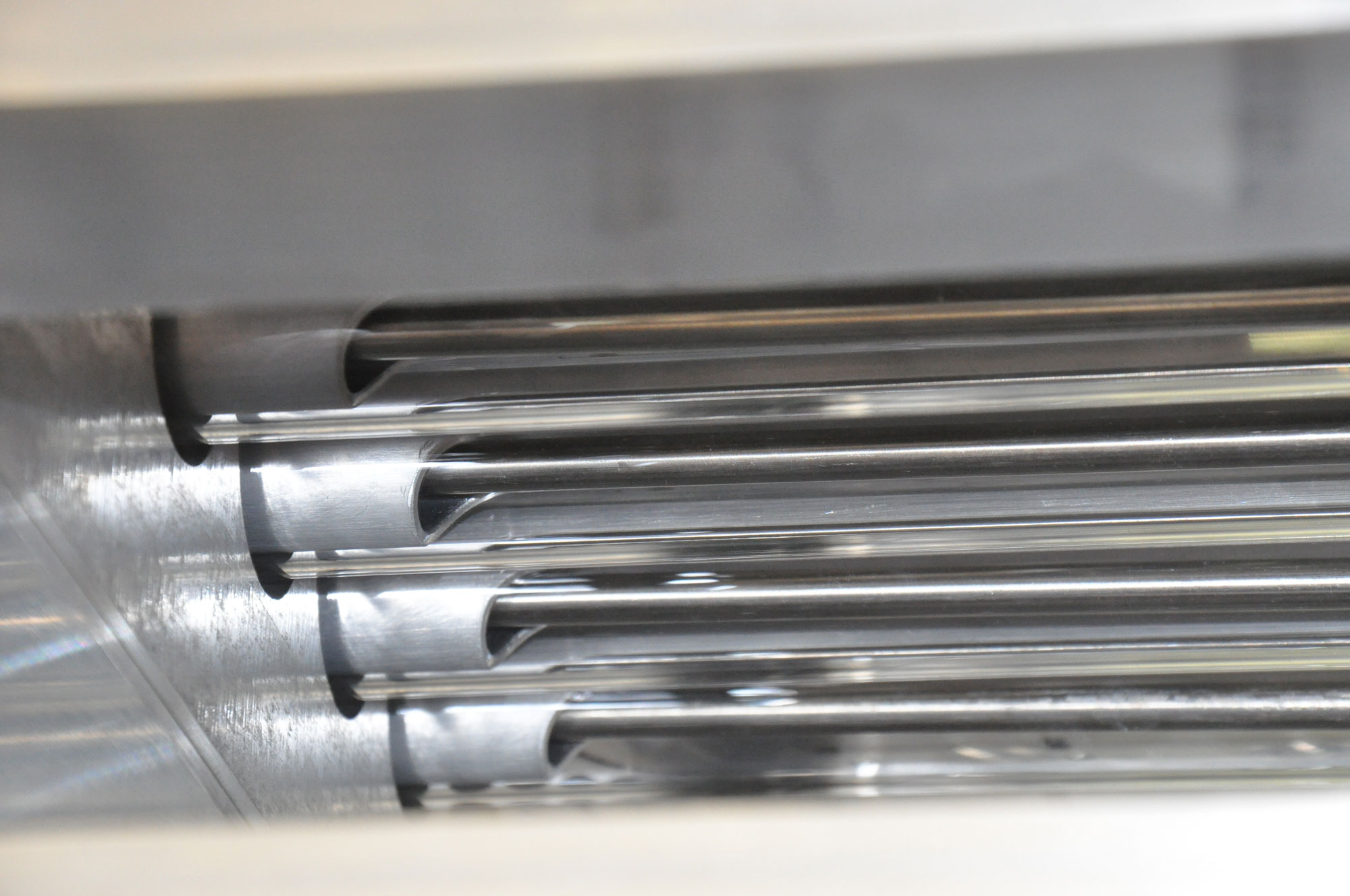 The array of 16 linear coaxial plasma lines consists of metallic coaxial inner conductors and tubes of fused silica. The microwave power attenuation along the plasma lines by the hydrogen plasma may be too strong resulting in a rather non uniform PECVD process across the substrates. However, this shortcoming can be overcome by the introduction of so called halfpipes. Partially open metal pipes between the metallic coaxial inner conductors and the fused silica tubes can control the attenuation coefficient of the propagating microwave power. With increasing distance from the point of injection the power levels of the propagating microwaves decrease. Hence, the attenuation coefficient by the “halfpipes” needs to increase so that the microwave power supplied to the circumjacent plasma is uniform along the plasma lines. Therefore, the detailed design of the “halfpipes” is crucial.
The array of 16 linear coaxial plasma lines consists of metallic coaxial inner conductors and tubes of fused silica. The microwave power attenuation along the plasma lines by the hydrogen plasma may be too strong resulting in a rather non uniform PECVD process across the substrates. However, this shortcoming can be overcome by the introduction of so called halfpipes. Partially open metal pipes between the metallic coaxial inner conductors and the fused silica tubes can control the attenuation coefficient of the propagating microwave power. With increasing distance from the point of injection the power levels of the propagating microwaves decrease. Hence, the attenuation coefficient by the “halfpipes” needs to increase so that the microwave power supplied to the circumjacent plasma is uniform along the plasma lines. Therefore, the detailed design of the “halfpipes” is crucial.
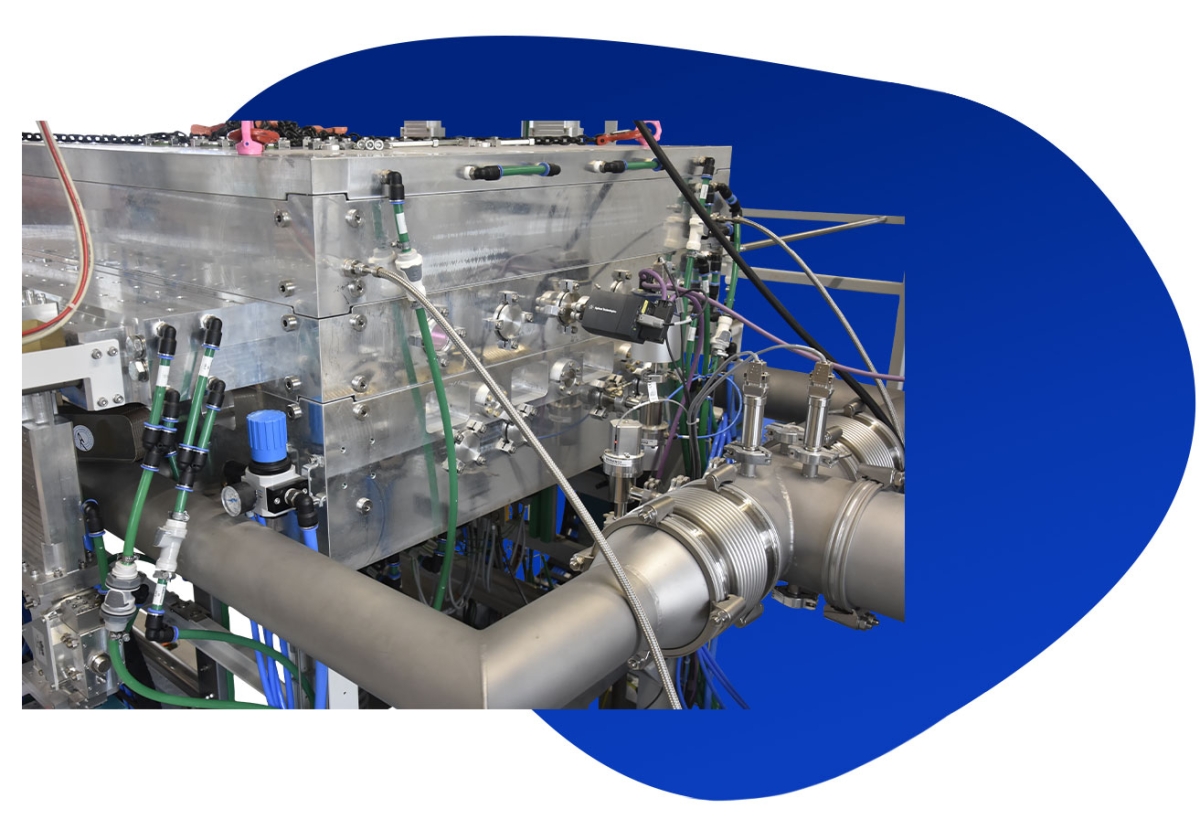
The design of the reaction chamber of the NCS 48 is modular like all other machines of this platform and based on water cooled, deep-hole drilled rectangular aluminium frames. The top lid rests on the process gas distribution frame. Underneath the process gas frame is the plasma source frame. The coaxial power dividers with 4 microwave magnetron heads each are connected to the plasma source frame. The largest rectangular frame encases the substrate stage with carrier plates, the IR heaters and a wobble drive, all mounted on the bottom flange.
The distance between substrate surfaces and linear coaxial plasma lines is delicate and therefore software controlled. Substrate exchange can be done by lowering the bottom flange and subsequently moving it out from underneath by a special rail system. Substrate exchange is therefore straightforward and easy. Exhaust gases from the plasma chemical process are symmetrically removed by 10 pumping ports in total connected to a considerable roots pump backed by two dry scroll pumps.

